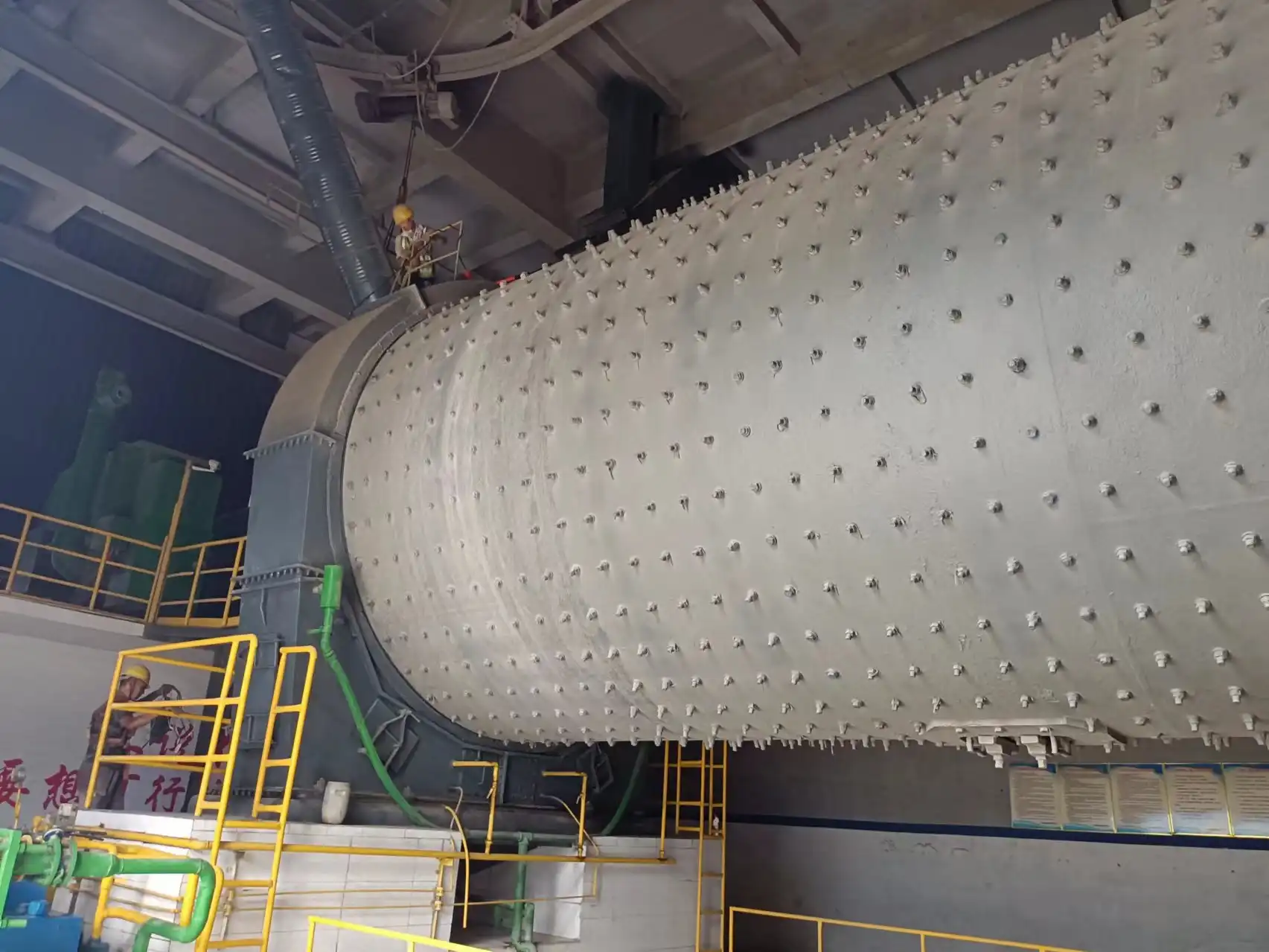In conclusion, choosing between high chrome and white cast iron mill liners requires a careful evaluation of several factors, including the specific grinding application, the type of material being processed, and the overall cost-effectiveness. High chrome liners are known for their exceptional wear resistance and durability, making them ideal for environments with highly abrasive materials. They are well-suited for industries such as mining and cement, where heavy-duty grinding is required, and longevity is crucial to reducing maintenance costs. On the other hand, white cast iron liners, while not as wear-resistant as high chrome, offer a more economical solution for applications with lower abrasiveness. They are often preferred in situations where cost is a primary concern, and the materials being processed do not require the same level of toughness. Ultimately, the decision should be based on a balance of performance needs, material characteristics, and budget considerations, ensuring optimal mill liner selection for maximum efficiency and cost savings.
High Chrome vs White Cast Iron Mill Liners: A Comparative Guide
2025-08-05 09:00:00
In the world of industrial grinding, the choice of mill liners can significantly impact operational efficiency and cost-effectiveness. This comprehensive guide delves into the comparison between high chrome and white cast iron mill liners, two popular options in the industry. We'll examine their key differences, conduct a cost-benefit analysis, and compare their wear rates in abrasive environments. Whether you're in the mining, cement, or power generation sector, this information will help you make an informed decision for your grinding operations.

What are the key differences between high chrome and white cast iron liners?
Understanding the fundamental differences between high chrome and white cast iron mill liners is crucial for selecting the right option for your specific application. Let's break down the key distinctions in composition, hardness, and wear resistance.
Composition and Microstructure
High chrome cast iron liners typically contain 12-28% chromium, which forms hard carbides in the microstructure. These carbides contribute to the material's exceptional wear resistance. In contrast, white cast iron liners have a lower chromium content, usually less than 4%, and rely on rapid cooling during casting to achieve their hardness.
Hardness and Toughness
High chrome liners generally exhibit higher hardness levels, ranging from 60 to 65 HRC (Rockwell C scale). This increased hardness translates to superior wear resistance in highly abrasive environments. White cast iron liners, while still hard, typically fall in the range of 55 to 60 HRC. However, white cast iron tends to have slightly better impact resistance due to its more uniform microstructure.
Wear Resistance and Longevity
The high chromium content in high chrome liners results in excellent abrasion resistance, making them ideal for applications involving highly abrasive materials. White cast iron liners, while still wear-resistant, may not perform as well in extremely abrasive conditions but can be more suitable for applications where impact resistance is a priority.
Cost-benefit analysis: High chrome vs white iron mill liners
When considering the investment in mill liners, it's essential to weigh the initial costs against long-term benefits. Let's examine the cost-benefit aspects of high chrome and white cast iron mill liners.
Initial Investment
High chrome liners typically come with a higher upfront cost due to their more complex manufacturing process and higher chromium content. White cast iron liners, on the other hand, are generally less expensive initially. However, the total cost of ownership should be considered rather than just the purchase price.
Operational Efficiency
High chrome liners often provide superior grinding efficiency due to their ability to maintain their surface profile for longer periods. This can lead to more consistent particle size distribution and potentially higher throughput. White cast iron liners may require more frequent profile corrections, which can impact operational efficiency.
Maintenance and Replacement Frequency
The longer wear life of high chrome liners typically results in less frequent replacements, reducing downtime and maintenance costs. White cast iron liners may require more frequent replacements, especially in highly abrasive environments. However, the lower initial cost may offset this disadvantage in some applications.
Which lasts longer? Wear rate comparison in abrasive environments
The longevity of mill liners is a critical factor in determining their overall value. Let's compare the wear rates of high chrome and white cast iron mill liners in abrasive environments.
Abrasion Resistance in Various Applications
High chrome liners generally outperform white cast iron liners in highly abrasive environments, such as those found in mineral processing and cement production. The hard chromium carbides in high chrome liners provide superior resistance to gouging and sliding abrasion. White cast iron liners may wear more quickly under these conditions but can still be suitable for less abrasive applications.
Impact of Particle Size and Hardness
The wear rate of mill liners is influenced by the size and hardness of the particles being processed. High chrome liners tend to perform better with harder, more abrasive materials and larger particle sizes. White cast iron liners may be more appropriate for applications involving softer materials or smaller particle sizes.
Long-term Performance and Total Cost of Ownership
While high chrome liners typically have a longer service life, the choice between high chrome and white cast iron liners should be based on the specific operating conditions and economic factors of each application. In some cases, the lower initial cost and adequate performance of white cast iron liners may result in a lower total cost of ownership, despite more frequent replacements.
Conclusion
At NINGHU, we specialize in manufacturing high-quality grinding media and mill liners to meet diverse industrial needs. Our expertise in wear-resistant materials ensures that we can provide the right solution for your specific application. If you have any questions or need assistance in selecting the most suitable mill liners for your operation, please don't hesitate to contact us at sales@da-yang.com or sunny@da-yang.com. Our team of experts is ready to help you optimize your grinding process and improve your operational efficiency.
References
1. Smith, J. A. (2022). Wear-Resistant Materials for Industrial Applications. Journal of Materials Engineering and Performance, 31(4), 2345-2360.
2. Johnson, L. M., & Brown, R. K. (2021). Comparative Analysis of Mill Liner Materials in Mineral Processing. Mining Engineering, 73(9), 52-61.
3. Zhang, X., & Liu, Y. (2023). Advances in High Chrome Cast Iron for Abrasive Environments. Wear, 512-513, 204289.
4. Anderson, P. T., & Wilson, E. S. (2020). Cost-Benefit Analysis of Mill Liner Selection in Cement Production. Cement and Concrete Research, 138, 106228.
5. Lee, H. C., & Park, S. Y. (2022). Microstructural Evolution and Wear Behavior of Cast Iron Mill Liners. Metallurgical and Materials Transactions A, 53(5), 1675-1689.
6. Thompson, R. A., & Davis, K. L. (2021). Optimization of Grinding Efficiency through Mill Liner Design. Minerals Engineering, 170, 107034.








